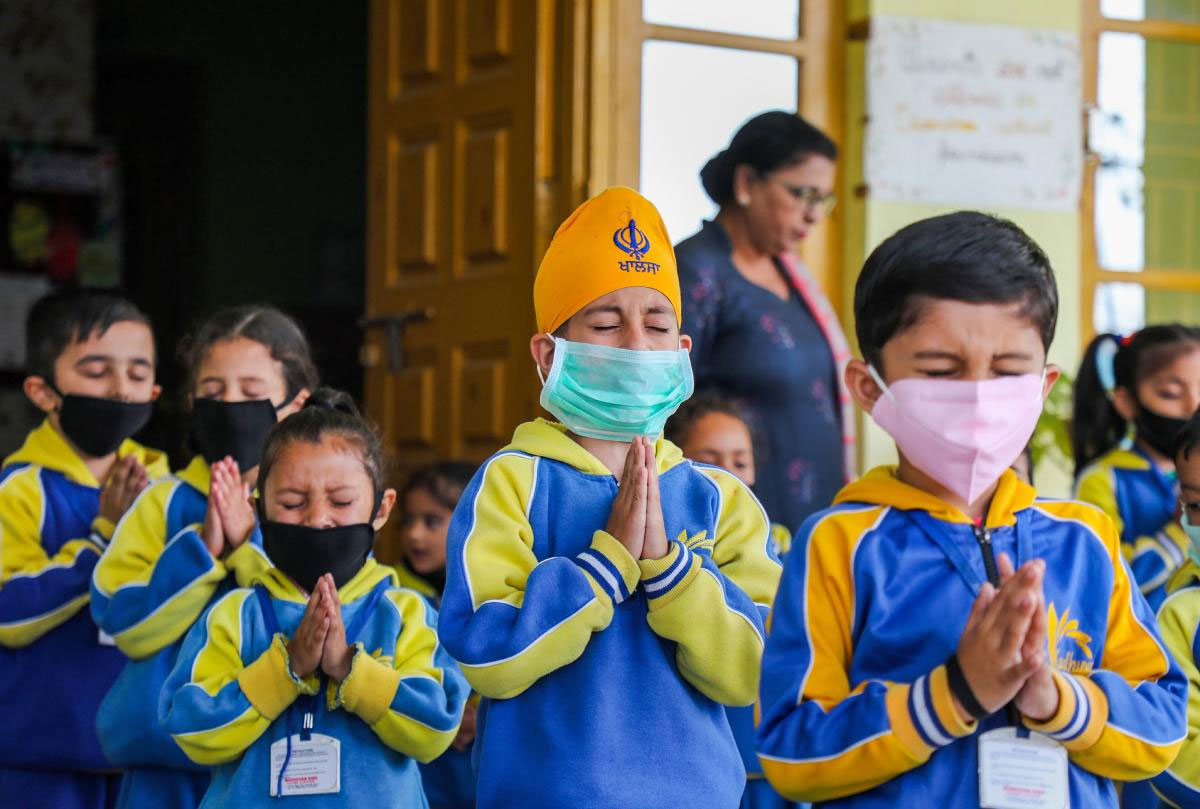National Public Health Week (NPHW) is organized by the American Public Health Association (APHA) The theme for 2021 is “Building Bridges to Better Health.” invites everyone to join in support of public health at a time when such support is greatly needed.

Healthy People is a an initiative that sets goals and objectives to improve the health and well-being of people. Healthy People 2030 is the fifth edition of Healthy People. It aims at new challenges and builds on lessons learned from its first four decades.
The American Public Health Association Focuses on different area each day of National Public Health Week (NPHW):
Rebuilding:
To create a better, more inclusive, more just world through public health.
When we trust the science and act accordingly, by wearing masks and physically distancing, COVID-19 infection rates drop. Investing in public health shows better health outcomes and lower health spending overall and saves lives. We can create a better, more inclusive, more just world through public health.
Advancing Racial Equity:
The COVID-19 pandemic has highlighted long-standing inequities in health care, income, housing, education, and many other factors that influence health and well-being. Call for transforming our systems to dismantle policies and practices that uphold racism and continue inequities.
There is a need to ask oneself how racism might be operating within your family, community, and organization.
Strengthening Community:
The community encompasses every aspect of our lives – it’s where we live, work, learn, play and pray. To encourage community feeling, join a community garden or donate healthy canned food options to food pantries. Encourage local officials to support healthy community design that includes parks, sidewalks, and bike lanes.
It has been proved that people with greater feelings of support and inclusion within their networks tend to live longer, respond better to stress, and have stronger immune systems than those who are isolated from their communities.
All through the week, you can learn about public health issues and how to keep yourself and others healthy.
Galvanizing Climate Justice:
As global temperatures rise, heat waves become more frequent and increase the risk of heatstroke and make cardiovascular illnesses worse. Warmer temperatures and changes in precipitation expand the geographic range of disease-carrying insects, leading to more cases of vector-borne diseases, such as the Zika virus.
It might sound strange but, keeping the climate change below 2 degrees Celsius, we can dramatically improve the health of children born today, for their entire lives, resulting in fewer disease outbreaks, and better mental health worldwide.
Constructing COVID-19 Resilience:
Food insecurity increased during 2020. Also, schools weren’t prepared with plans on how to continue students’ learning during crises, including natural disasters and pandemics, and students’ educational attainment suffered. Stay informed on vaccine progress and how the novel coronavirus will continue to affect us. Vaccines are here, but they will take time, and we must remain vigilant.

Stay home when you can and wear a mask, stay at least six feet away from others, and wash your hands frequently if you do have to go out. Also, when people’s basic needs are met – they are safely housed, have enough food to eat, enough money to survive, access to health care, and other essentials – they have reduced stress and are more likely to have better physical health as a result.
Uplifting Mental Health and Wellness:
Mental health is a critical component of public health. It consists of emotional, psychological,l and social well-being and is important from childhood through adulthood.

Practicing strategies like being physically active, getting at least eight hours of sleep each night, eating a well-balanced diet, practicing gratitude, participating in activities you enjoy, developing coping skills, meditating, and connecting with others can improve mental health.
Elevating the Essential and Health Workforce:
The majority of us are at risk during the COVID-19 pandemic. Low-income workers have higher rates of COVID-19 hospitalizations and deaths. Millions of healthcare workers are not getting the supplies or pay they need during the pandemic. Where public health services are not being accessed, or where they’ve been cut, COVID-19 cases and deaths have increased.
There is a call to follow Centers for Disease Control and Prevention guidelines to protect essential workers by limiting trips to the store, washing hands or using hand sanitizer, wearing a mask, maintaining physical distance and staying home when sick to minimize the death toll.
Disclaimer
The Content is not intended to be a substitute for professional medical advice, diagnosis, or treatment. Always seek the advice of your physician or other qualified health provider with any questions you may have regarding a medical condition.